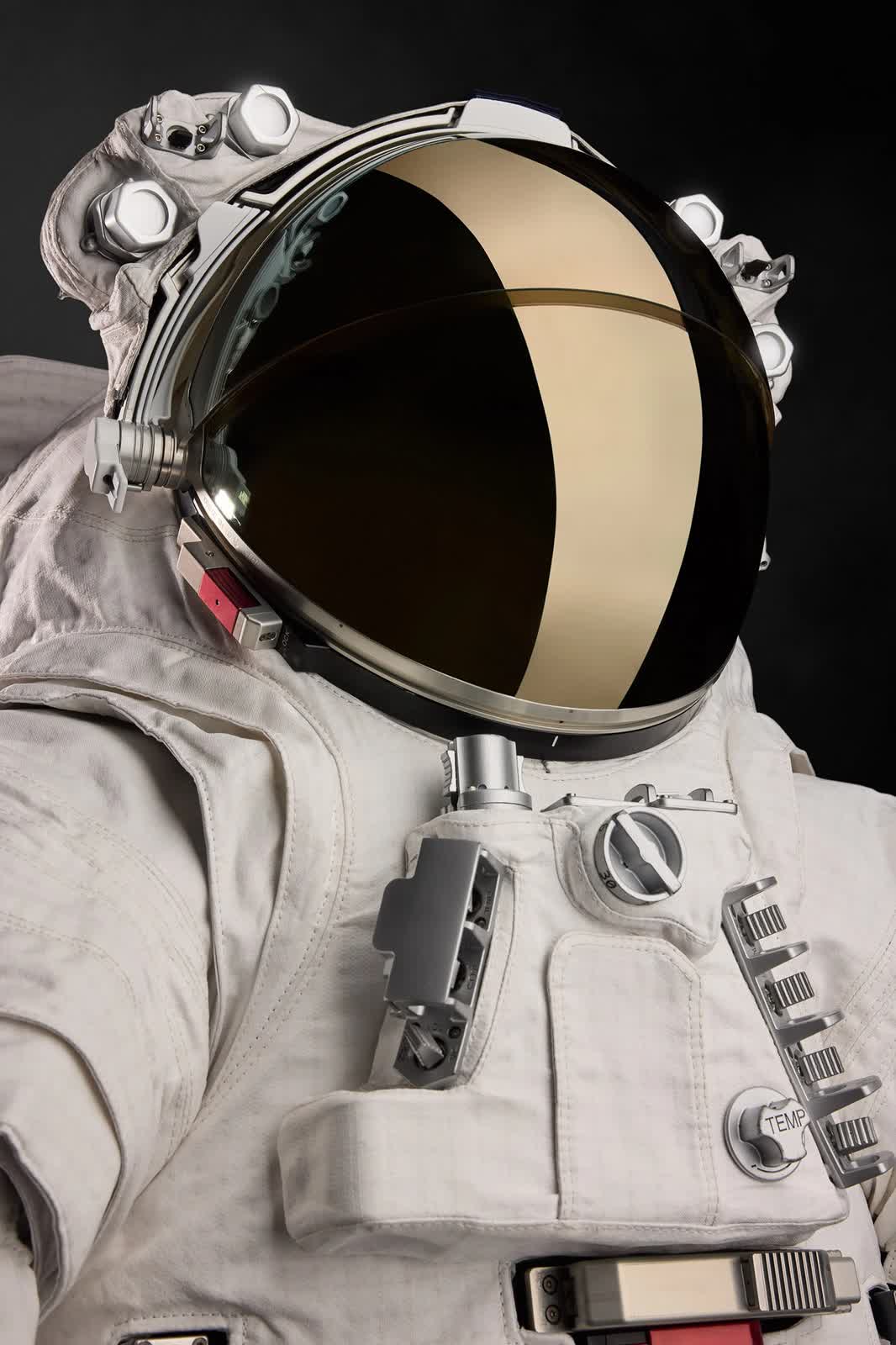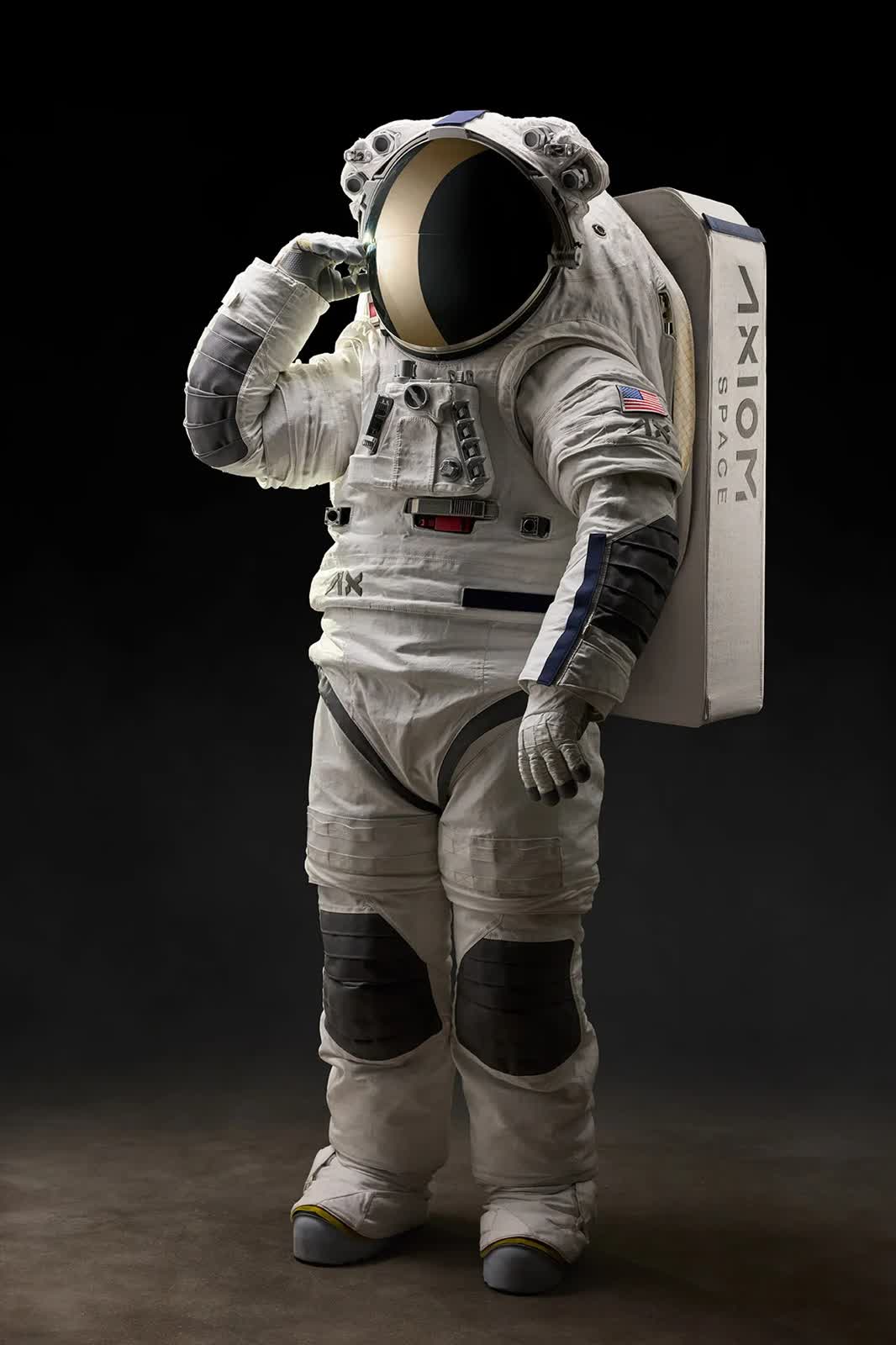What just happened? As NASA prepares to send astronauts back to the Moon for the Artemis III mission, a new partnership is reshaping the way explorers will see and survive on the lunar surface. Oakley, a company best known for its performance eyewear, has been selected by Axiom Space to develop the visor for the next-generation lunar spacesuit.

The lunar environment poses unique visual hazards. Astronauts face intense ultraviolet radiation, sharp temperature swings, and abrasive lunar dust – all while needing to maintain clear vision for critical tasks. "In space, the sun feels as if it's piercing through your eyes," Koichi Wakata, Axiom Space astronaut and chief technology officer, told Space Flight Now. "We need an exceptional visor system to protect our eyes and offer maximum visibility to enable us to work in the challenging lunar environment."
Oakley's assignment is to engineer a "stowable two-part deployable visor" for the Axiom Extravehicular Mobility Unit (AxEMU) spacesuit. The visor system must provide not only visual clarity but also protection against infrared light, extreme temperatures, micrometeorites, and the ever-present threat of lunar dust. The Artemis III mission, scheduled for 2027, will be the first human lunar landing since Apollo 17 in 1972, and the astronauts will rely on this advanced visor technology during their exploration of the Moon's south pole.

The core of Oakley's contribution is its next-generation High-Definition Optics, a technology previously used in its sports eyewear but now adapted for the rigors of space. The visor features a deployable, two-part construction that can be adjusted for varying light conditions. A secondary helmet bubble provides an additional layer of protection from both UV radiation and lunar dust.

One of the most notable features is the application of a 24-karat gold coating, which serves a dual purpose: reflecting harsh sunlight and enhancing visibility in the Moon's shadowed regions. "Gold, in particular, has some natural properties that help filter out certain portions of sunlight that are relatively harmful," Russell Ralston, Executive Vice President of EVA at Axiom Space, explained to Vogue Business. "In space, they're even more harmful than, say, down here on the beach or wherever you're at. So really, it comes down to just the requirement space, in terms of, we need to protect the eye from certain types of light and gold has some kind of intrinsic properties that helps do that."
The visor's multiple coatings are engineered to address the challenges of lunar dust and the risk of impacts during extravehicular activities. Oakley's experience with optical systems in harsh, dirty environments – such as mountain biking and motocross – has informed the development of special coatings and treatments to mitigate the abrasive effects of lunar regolith.
"Oakley has quite a bit of experience in terms of dealing with optical systems that are in dirty environments, whether it's mountain biking or motocross riding or other things. And so, there's definitely some coatings and things like that, but other treatments that can be done to help deal with the lunar dust issue," Ralston noted. Durability is also a priority; the visor system must withstand significant impacts, such as a fall that could send an astronaut face-first onto the lunar surface.
The AxEMU suit, developed under a NASA contract awarded to Axiom Space in 2022, represents the first major redesign of a lunar spacesuit in over four decades. Testing is underway at NASA's Johnson Space Center, where astronauts and engineers are evaluating the suit's performance in the Neutral Buoyancy Laboratory. "These are early days in the NBL testing, as you can imagine. Obviously, we want to make sure this suit has integrity and clearly, that was the case," Michael López-Alegría, Lead Astronaut at Axiom Space, told Vogue Business.
Oakley's involvement is part of a broader effort by Axiom Space to bring expertise from outside the traditional aerospace sector. "Oakley's a non-traditional partner, they don't have a big footprint in the space world, but it's emblematic of what at Axiom we're trying to do, which is to bring in more of these non-space players into the space realm," López-Alegría explained. Prada has also joined the project, contributing to the suit's design and comfort.
This growing roster of unconventional partners highlights a shift in how space missions are designed and executed, with companies in fields far beyond aerospace lending their expertise. In short, the collaboration between Oakley, Axiom Space, and other partners is not only advancing the technology needed for lunar exploration but also broadening the scope of who contributes to humanity's next giant leap.
Image credit: Vogue
Oakley is designing the visor for NASA's next lunar spacesuit

